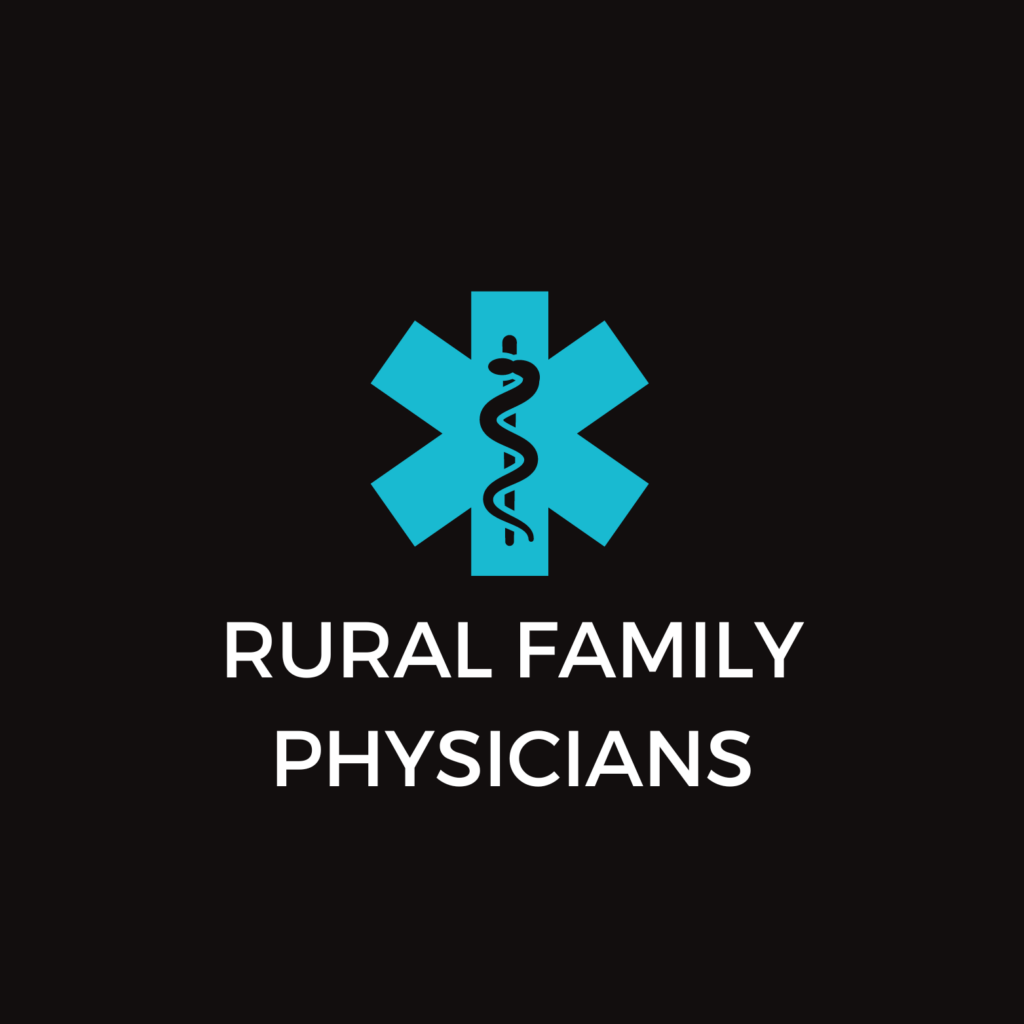The following article is from the Center for Rural Affairs regarding federal healthcare reform and what it means for small businesses:
Small Businesses & Health Care Reform
June 2010
Small businesses dominate the rural economy. In fact, they dominate the American economy in terms of the number of business firms. So it’s important to know, understand, and accurately portray the effects of the newly adopted health care reform law, on small businesses.
First though, we need to understand what the new law – the Patient and Affordable Care Act – means by “small business.” In many respects, “small employer” is a more accurate term. In fact, Section 1421 (Credit for Employee Health Insurance Expenses of Small Businesses) uses that term.
Self employed sole proprietors who are not employers (non-employers in statistical parlance) and their immediate family members do not qualify for the small business tax credit benefits described below. They will qualify for the individual credits and premium assistance beginning in 2014 and the more immediate health insurance reforms.
Do small businesses have to provide health insurance to their employees or face penalties?
No. The law has a general requirement that employers provide health insurance. But it specifically exempts from this employer responsibility any business with 50 or few¬er employees (Section 1513). The result is that nearly all businesses in the nation, including those in rural areas, are exempt from any health insurance requirements or mandates and are free from any penalties for not doing so.
According to the U.S. Census Bureau’s County Business Patterns, 95 percent of all business establishments in the nation have fewer than 50 employees. The House of Representatives Small Business Committee estimates the employer mandate will apply to less than two percent of businesses.
How do small businesses afford health insurance under the law?
In many respects the health insurance reform law is all gain and no pain for small businesses, particularly at first. Section 1421 of the law establishes a Small Business Tax Credit for those businesses who do provide health insurance for their employees. The initial credit exists for tax years 2010 through 2013. A second credit exists for any two years beginning in 2014 when the Health Insurance Exchanges begin.
To be eligible for the tax credits, a small business must have fewer than 25 full-time equivalent employees, have average annual wages less than $50,000, purchase health insurance for employees, and contribute at least 50 percent of the cost of the premium.
The Small Business Tax Credit provides both immediate and longer term health insurance premium assistance for small businesses, especially the smallest businesses that dominate rural economies. The immediate tax credit beginning in 2010, and lasting through four tax years, acts as a bridge to the Health Insurance Exchange system that begins in 2014. The exchange system will act as large insurance pool for the nation’s small businesses (more on that below).
The longer term two year credits also allow the exchange system to be fully operational and for the pooling and risk spreading aspects of them to take effect. The Congressional Budget Office estimates that with the law’s small business tax credits, the average premiums per person in the small group market will decline by up to 8 to 11 percent in 2016 relative to the current law.
Can small businesses pool together to purchase insurance?
Yes. In fact, the Health Insurance Exchange concept is based on the pooling idea. The health reform law mandates the creation of exchanges in every state by 2014, and allows businesses of up to 100 employees to participate (Sections 1304 and 1311).
The result is the creation of a health insurance pool of small businesses, their employees and the self-employed. When fully implemented the exchange will allow for more attractive insurance as a result of lower administrative costs (costs will be spread across the larger pool) and the spreading of risk across the larger pool. A larger pool will also allow annual premium volatility to moderate and enhance competition (more potential customers in the larger pool).
The law also allows states to create the Small Business Health Options Program (SHOP), a special exchange for small businesses, either within the larger state exchange or as a separate exchange. The SHOP Exchange is designed to assist small business employers in enrolling their employees in small group health plans.
The law also enables other insurance alternatives within the exchanges that could result in small business pools or groups. It makes possible establishment of state-based nonprofit health insurance cooperatives and funds such efforts with loans. Regional, interstate or multistate exchanges may also exist if the states involved permit and they are approved by the federal government.
Will the health reform law cause my taxes to go up?
Probably not. The health reform law imposes some new taxes and increases others. But the real question is who is responsible for those taxes. While each individual and business has unique circumstances that will determine tax liability, it is clear that most rural small businesses will not be affected by the tax changes contained in the law. Some of those changes are:
A new 10 percent excise tax on indoor tanning services (for services provided after June 30, 2010). This excise tax will obviously be paid only by those businesses providing indoor tanning services.
A 0.9 percent Medicare surcharge on the wages of single taxpayers earning more than $200,000 per year and couples earning more than $250,000 per year (starting in 2013). In addition, these taxpayers would incur a special Medicare tax of 3.8 percent on unearned income (interest, dividends, capital gains, annuities, royalties and rents). While some rural small business taxpayers may earn enough income to activate these taxes, that case will be extremely rare. The non-partisan Tax Policy Center finds that less than two percent of taxpayers with small business income are in the federal income tax brackets that include the $200,000/$250,000 income levels.
An excise tax beginning in 2018 on insurance companies providing “high-cost” employer sponsored health plans, defined as those with values exceeding $10,200 for individual coverage and $27,500 for family coverage. The tax is equal to 40 percent of the value of the plan exceeding the threshold amount. This tax will likely not apply to many health plans offered by rural small businesses as the 2008 average value of health plans offered nationally by businesses with 10 or fewer employees ranged from $4,536 (individual) to $11,952 (family) and for businesses with 11 to 25 employees ranged from $3,984 (individual) to $1,051 (family).
Fees assessed on businesses that do not provide health insurance to employees will only be charged to businesses with 50 or more employees— a small fraction of businesses nationwide and even fewer in rural areas.
As we have written before, many circumstances related to health insurance act as barriers to creating a strong rural economy based on entrepreneurial development. The Patient and Affordable Care Act will begin to lower these barriers for many rural small businesses.
While exempt from mandates requiring insurance coverage for employees, the tax credits provided by the law will make health insurance more affordable for businesses and provide an incentive to help insure employees. Over time as the primary features of the law are implemented and take effect, particularly the Health Insurance Exchanges, rural small employers will reap the benefits of pooling and larger group coverage that provides comprehensive, affordable, and continuous health care coverage for their business and their employees.
Contact: Jon Bailey, jonb@cfra.org or 402.687.2103 x 1013 for more information. This is the second article in our new series on what health reform means for rural Americans.



